The price of Vietnamese areca nuts exported to the billion-people market skyrocketed when a large output of areca nuts grown on Hainan Island was damaged by a storm. As soon as the supply in China recovered, the price of areca nuts quickly plummeted.
The fluctuations in export prices of areca nuts have just been decoded at the workshop "Potential for exporting official fruit and vegetable products to the Chinese market", organized by the Trade Promotion Agency - Ministry of Industry and Trade on the afternoon of November 12 in Hanoi.
According to Mr. Nguyen Trung Kien, Department of Asia - Africa Market (Ministry of Industry and Trade), areca nut is one of 29 types of food used to prepare traditional medicine exported to the Chinese market. Chinese traders want to import Vietnamese areca nut to make medicine because Vietnamese areca nut has high pain-relieving properties and can be used to prepare many products.
In addition, according to Mr. Dang Phuc Nguyen, General Secretary of the Vietnam Fruit and Vegetable Association, Chinese people use areca nuts not only to make lozenges but also to chew betel. Currently, there are about 50-60 million Chinese people chewing betel.
In the past, Chinese people often used areca nuts grown on Hainan Island. This year, many storms have damaged the large production of areca nuts on this island. Therefore, they increased the purchase price and the output of imported Vietnamese areca nuts.
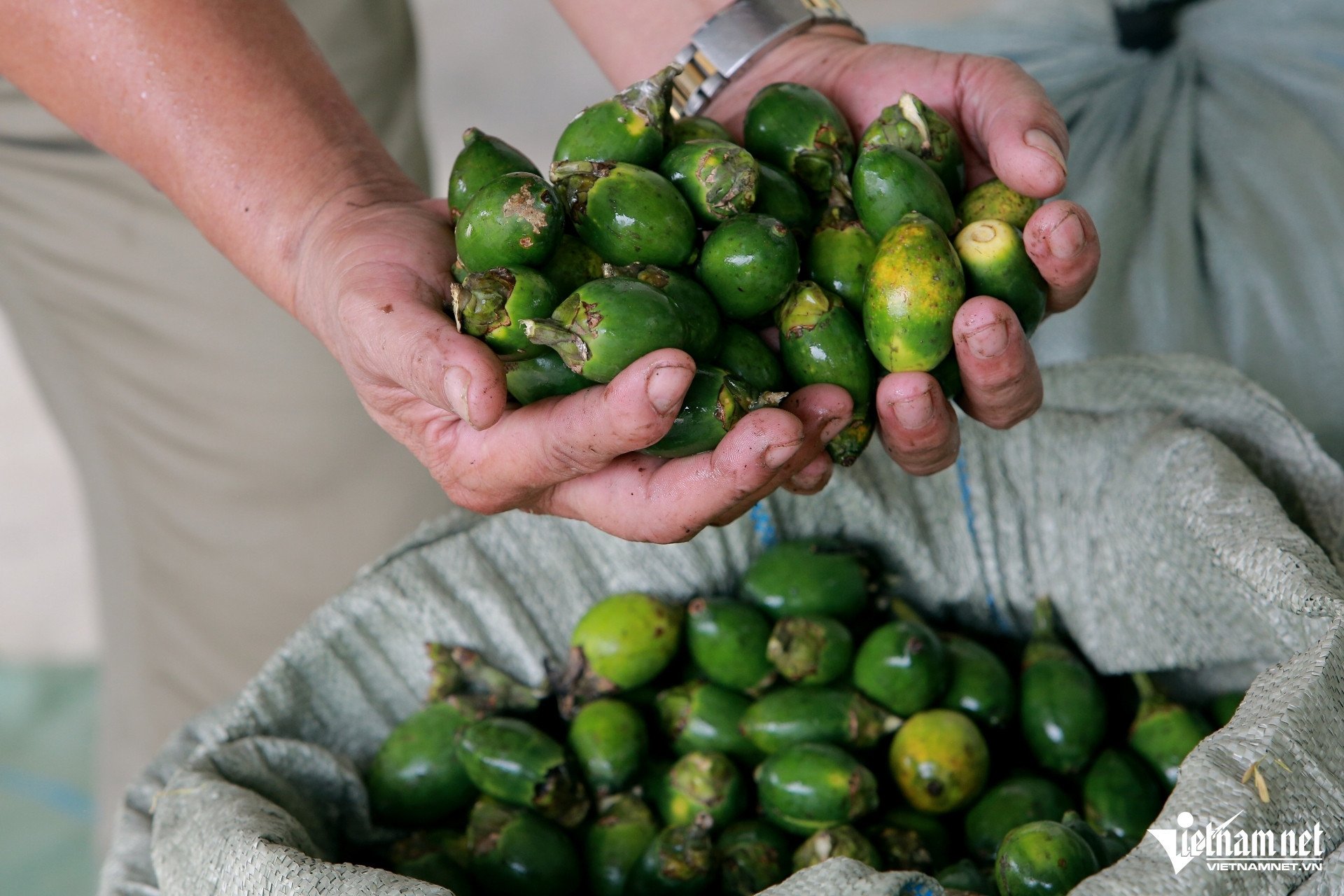
"However, right after domestic areca production recovered, they stopped buying our areca, so the export price of Vietnamese areca dropped sharply. Next year, whether the export price of Vietnamese areca increases or not depends on the weather," Mr. Nguyen analyzed.
A similar story happened with cabbage: Suddenly, a storm occurred, China sharply increased the import of Vietnamese cabbage. Without the storm, the import demand was almost zero.
Mr. Nguyen noted that with the fruits and vegetables that the Chinese can also produce, Vietnamese goods find it difficult to compete. Besides low logistics costs, Chinese goods also have great support from the people's support for domestic products and the Chinese government always prioritizes ensuring profits for farmers.
He cited dragon fruit as an example: Before 2022, Vietnam's dragon fruit exports to the billion-people market always reached a value of billions of dollars, but from 2022 until now, it has gradually decreased, now only about 500 million USD.
The report of the first 9 months of this year by China Customs recorded a 40% decrease in the amount of dragon fruit imported into this country compared to 2023. Vietnamese dragon fruit is facing fierce competition from Chinese dragon fruit.
“Domestic Chinese fruits and vegetables are our formidable competitors,” said the General Secretary of the Vietnam Fruit and Vegetable Association, and recommended that Vietnamese businesses and farmers who want to successfully export to the billion-people market, in addition to improving product quality, the most important thing is to study China's production season.
For example, in the cold winter, when dragon fruit cannot be grown much, China is willing to import large quantities of dragon fruit from Vietnam. But from May to November and December, when they can ensure their own domestic supply, they will reduce or stop buying.
Or, last November-December, the weather was not too cold, there were still plenty of bananas in China so they stopped importing bananas from Vietnam. Enterprises that own large banana farms in Vietnam did their research and did not increase production at this time so they suffered little damage.
"However, farmers do not research information, just see that last year's price was good, so they plant more this year. In the end, bananas are piled up in the fields, prices drop, and they suffer heavy losses," Mr. Nguyen cited lessons learned to avoid "repeating the same mistakes" in the future.
The General Secretary of the Vietnam Fruit and Vegetable Association said that durian and coconut are two products with great potential for export to the billion-people market. In 2023, China will import 6.7 billion USD of fresh durian, 1 billion USD of frozen durian, and about 500 million USD of fresh coconut from many countries. Vietnam's durian exports to China this year are likely to reach 3.5 billion USD; coconut exports will reach about 200-300 million USD. |
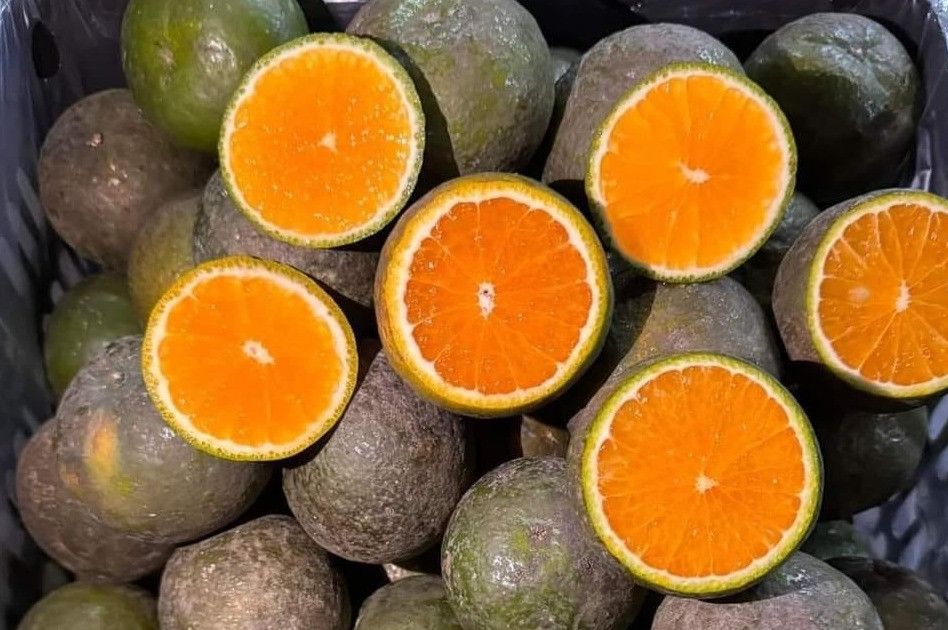
Oranges are cheaper than iced tea; areca nut prices are 'falling freely'
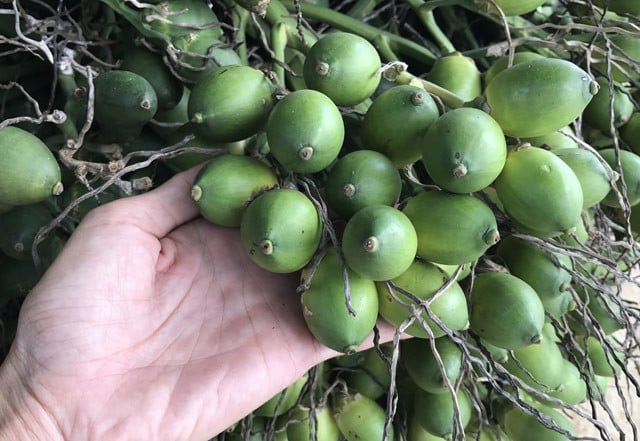
China stops buying, fresh areca nut prices plummet
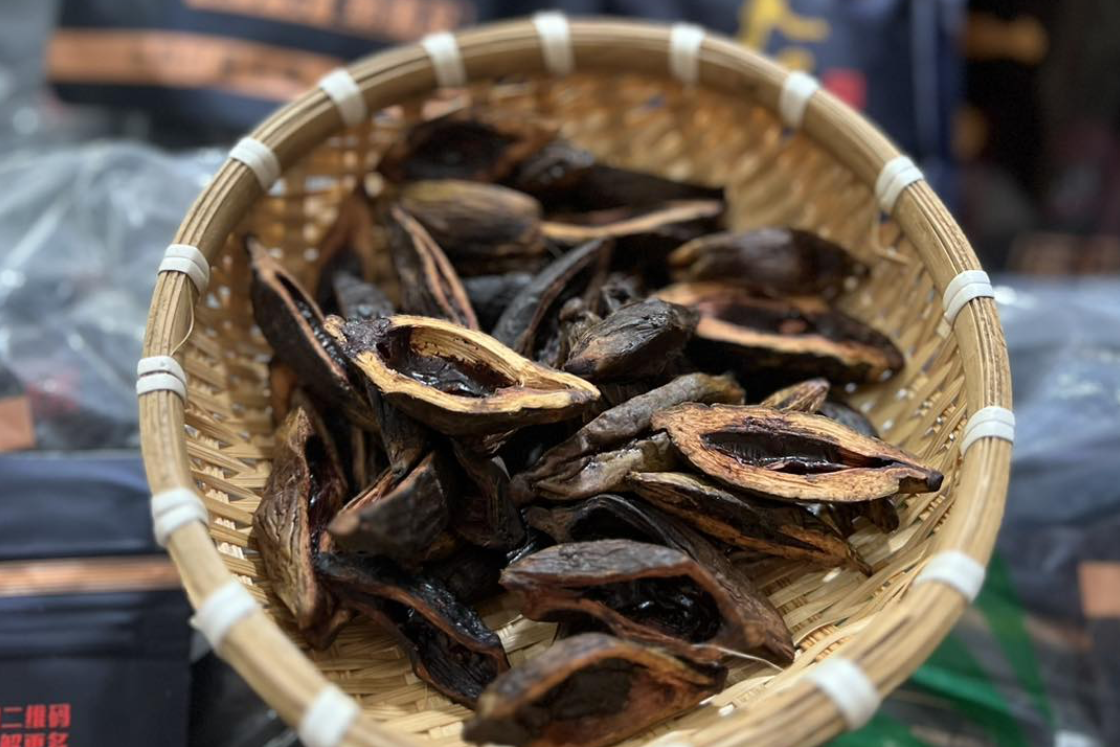
China buys cheap areca nuts to make candy, then sends them back to the Vietnamese market to sell for 3.3 million/kg.
Source: https://vietnamnet.vn/he-lo-nguyen-nhan-khien-gia-cau-viet-xuat-khau-sang-trung-quoc-lao-doc-2341362.html




![[Photo] Hanoi morning of October 1: Prolonged flooding, people wade to work](https://vphoto.vietnam.vn/thumb/1200x675/vietnam/resource/IMAGE/2025/10/1/189be28938e3493fa26b2938efa2059e)



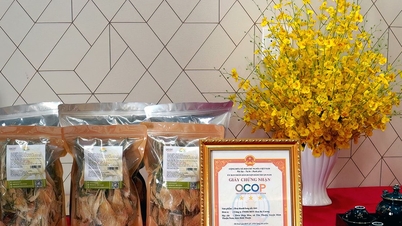


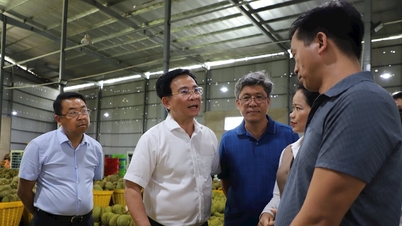



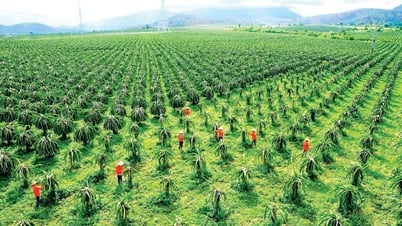
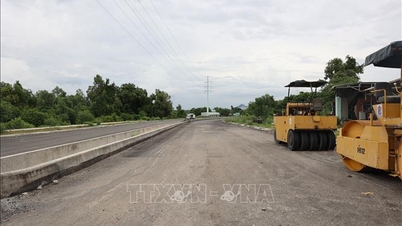

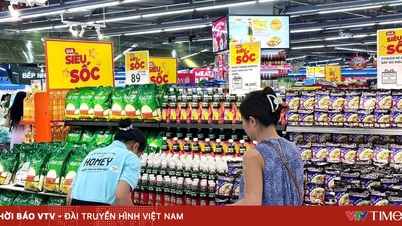

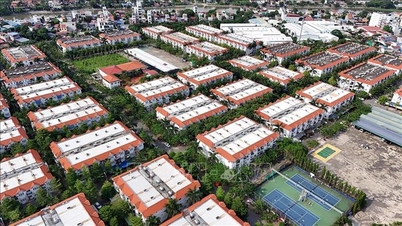



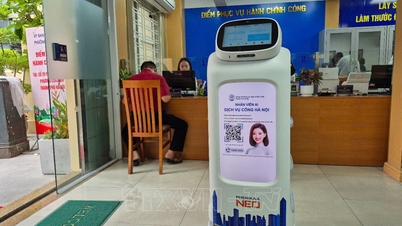






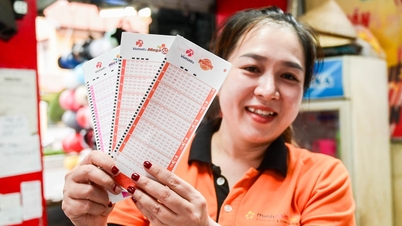


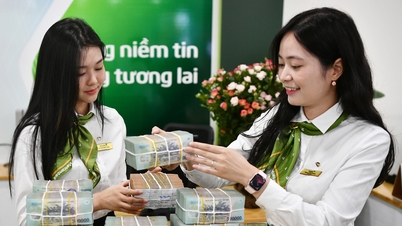
![[Photo] President Luong Cuong receives President of the Cuban National Assembly Esteban Lazo Hernandez](https://vphoto.vietnam.vn/thumb/1200x675/vietnam/resource/IMAGE/2025/9/30/4d38932911c24f6ea1936252bd5427fa)
![[Photo] Panorama of the cable-stayed bridge, the final bottleneck of the Ben Luc-Long Thanh expressway](https://vphoto.vietnam.vn/thumb/1200x675/vietnam/resource/IMAGE/2025/9/30/391fdf21025541d6b2f092e49a17243f)
![[Photo] The 1st Congress of Phu Tho Provincial Party Committee, term 2025-2030](https://vphoto.vietnam.vn/thumb/1200x675/vietnam/resource/IMAGE/2025/9/30/1507da06216649bba8a1ce6251816820)





































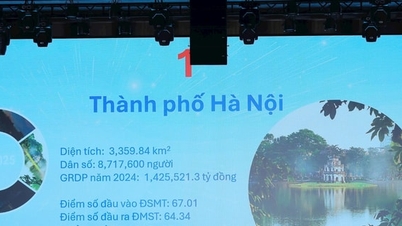

























Comment (0)